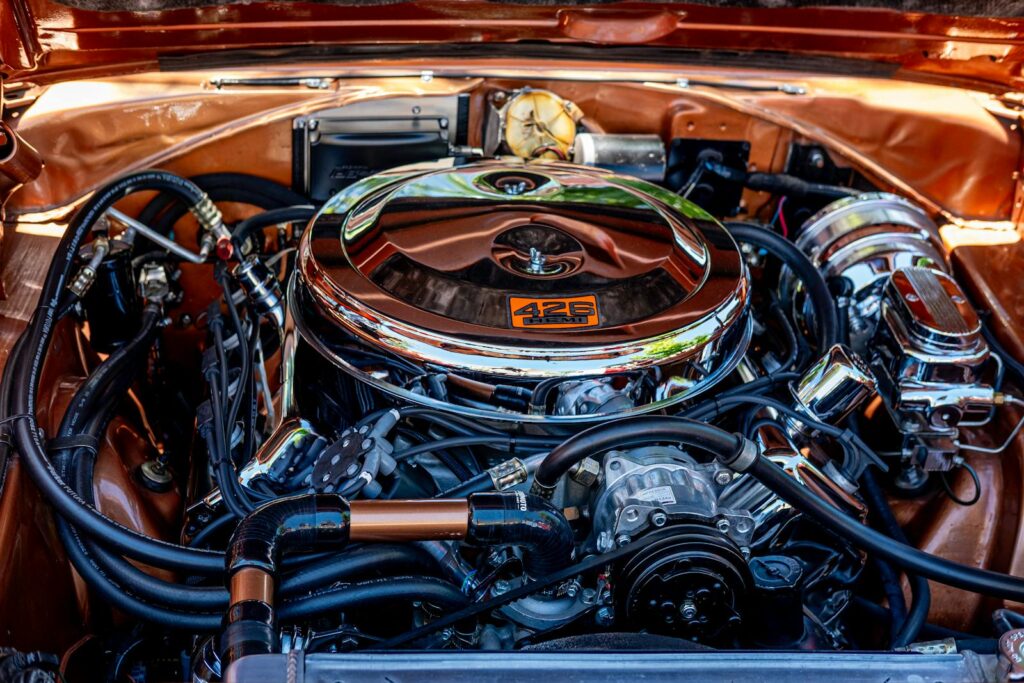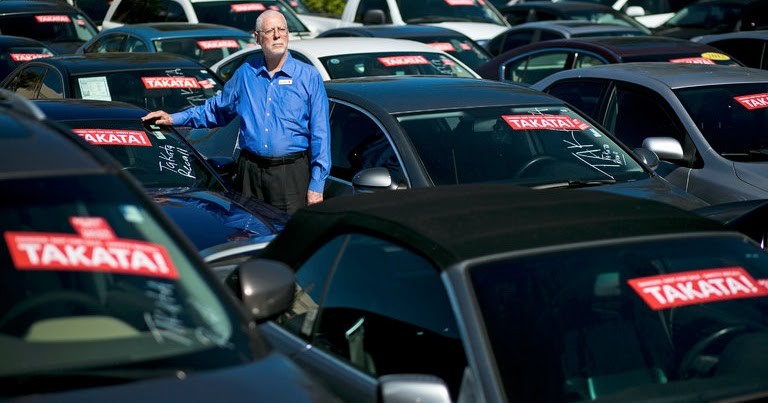
The dream of driving off in an affordable used car is, for many Americans, slipping away fast. Shoppers browsing used car lots or checking online listings have undoubtedly noticed a stark reality: prices are climbing rapidly, defying earlier expectations that the market would cool as new vehicle production recovered post-pandemic. This persistent ascent has transformed what was once a more financially accessible alternative into a challenging and often expensive proposition.
Indeed, recent market data underscores this concerning trend. According to Cox Automotive’s Manheim Used Vehicle Value Index, wholesale used car prices in April 2025 hit their highest level since October 2023, surging 4.9% year-over-year to 208.2. This marks a substantial 2.7% jump from March alone, far exceeding the typical 0.2% monthly increase, signaling a profound shift in market dynamics.
This article aims to provide an in-depth, authoritative look into the complex web of factors contributing to this sustained surge in used car prices. We will delve into the economic reasons driving this expensive new reality, examining everything from new auto tariffs to lingering supply chain issues and evolving consumer behavior, to help discerning buyers navigate today’s unpredictable market.

1. The Unprecedented Surge in Used Car Values
The most immediate and striking aspect of the current market is the sheer scale of the price increases. The Manheim Used Vehicle Value Index’s ascent to 208.2 in April 2025 not only represents a year-over-year increase but also a significant monthly jump that defies seasonal norms. Cox Automotive’s Jeremy Robb, Senior Director of Economic and Industry Insights, noted, “The ‘spring bounce’ usually ends by mid-April, but this year, prices kept rising all month, much stronger than normal.” This indicates a deeper, more systemic issue than typical market fluctuations.
Retail prices are mirroring this wholesale trend. Used car listings saw a 2% increase in just four weeks, with iSeeCars.com reporting the average used car now costs $31,400, a $317 increase from the previous month. This continuous upward trajectory began subtly, with March 2025 marking the first year-over-year price increase since October 2022, starting with a 1% rise that has since accelerated considerably.
For the first time since 2023, the average sales price of a three-year-old used car in America surpassed $30,000 in the first quarter of 2025, according to Edmunds. Specifically, the average transaction price for these lightly used vehicles reached $30,522, up 2.3% from the same time last year. This demonstrates a persistent and surprising buoyancy in the used car market that many observers had not anticipated post-pandemic.
These figures underscore a market that is not merely experiencing temporary inflation but rather undergoing a structural shift. The sustained elevation of prices, both at wholesale and retail levels, suggests that underlying economic forces are recalibrating the value proposition of pre-owned vehicles, making the once-affordable segment a significant investment.
Read more about: Yuki Tsunoda Ignites History: Piloting Honda’s F1 Pioneer, The RA272, in a 60th Anniversary Spectacle at the Mexican Grand Prix
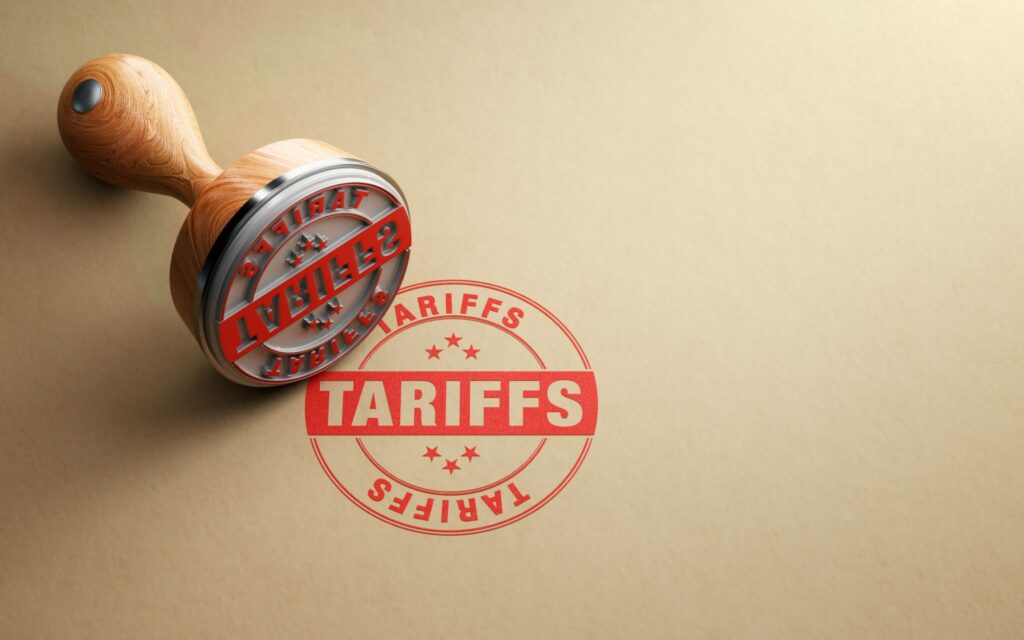
2. The Direct Fallout of New Auto Tariffs
A primary catalyst for the current market turbulence is the imposition of a 25% tariff on new imported vehicles and parts, which was introduced in April 2025. While these duties do not directly apply to used cars, their impact on the broader automotive industry is profound and immediately felt in the pre-owned sector. These tariffs are raising production costs, even for U.S.-built cars that rely on imported components, effectively increasing the sticker price of new vehicles across the board.
New car prices, which average around $48,000, are becoming increasingly out of reach for a significant number of buyers. As a direct consequence, a growing segment of consumers is being compelled to turn to the used car market, where prices average a comparatively lower $25,000. This influx of demand into the used sector creates intense competition among buyers and, crucially, among dealers at wholesale auctions who are vying to stock their lots.
Cox Automotive’s Chief Economist has warned that these tariffs could inflate new car prices by 10-15%, with even American-made vehicles potentially facing at least a 5% hike. Such substantial increases make the new car market less accessible, thereby funneling more potential buyers towards pre-owned options. This spillover demand is a critical factor in the upward pressure on used car values.
Projecting ahead, Cox anticipates that retail used car sales will reach 20.1 million in 2025, marking a 1.2% increase from 2024. This projection is attributed in part to consumers consciously shifting their purchasing decisions towards used vehicles as new ones become prohibitively expensive. This tariff-induced realignment of demand is undeniably a significant economic reason for the sustained surge in used car prices.
Read more about: Marelli Holdings Co.: Auto Parts Giant Files for Chapter 11 Amid Billions in Debt and Industry Upheaval
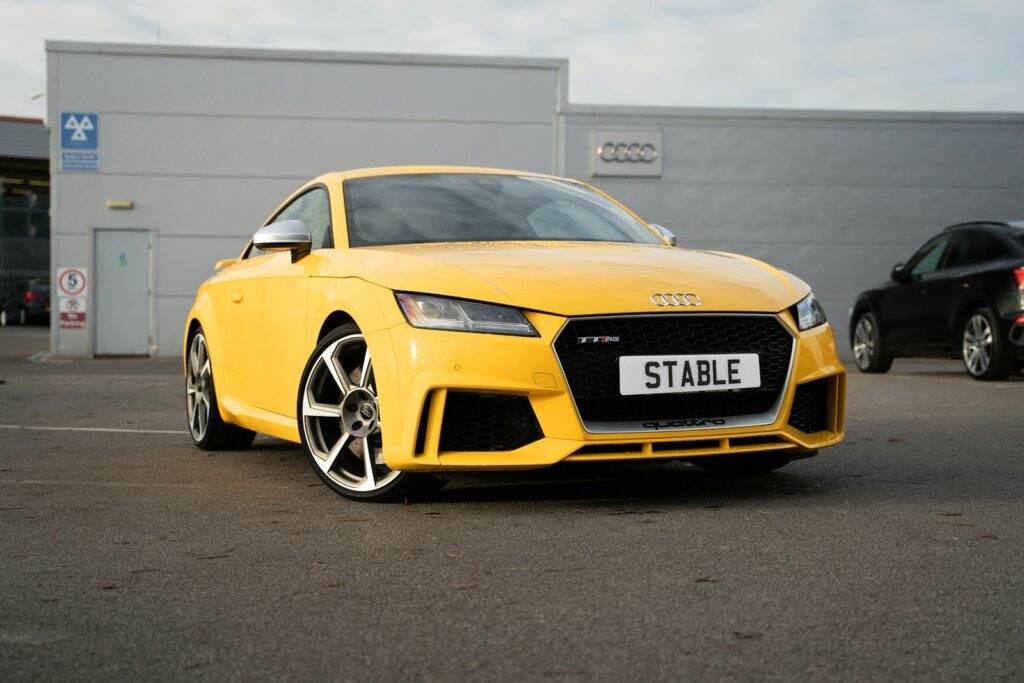
3. The Dwindling Pool of Off-Lease Vehicles
Compounding the demand-side pressures is a critical constraint on supply: the decline in off-lease vehicles returning to the market. Historically, vehicles coming off two- or three-year leases have been a reliable source of lightly used, high-quality inventory for dealerships. However, this pipeline is now significantly constricted, directly contributing to the scarcity of desirable pre-owned cars.
Many lessees are currently opting to buy out their leases rather than returning their cars to the dealership. This decision is often driven by the current market conditions, where the residual value of their leased vehicle is lower than its market value, offering an attractive purchase option. Consequently, fewer of these relatively new, well-maintained vehicles are entering the wholesale market, leaving dealers with a reduced pool of cars to sell.
Data from Cox reports that wholesale inventory in April was at a mere 41 days’ supply, a notable drop from 46 days a year ago. This shrinking inventory at the wholesale level creates a fiercely competitive environment for dealers, forcing them to pay higher prices to acquire stock. This cost is then naturally passed on to the retail consumer, contributing to the overall price surge.
This phenomenon represents a significant disruption to the traditional supply chain of used cars. The typical cycle of new car sales, followed by lease returns feeding the used market, has been altered. This reduction in the influx of desirable, recent-model-year vehicles is a key structural reason why used car prices remain stubbornly high, as the available supply struggles to meet burgeoning demand.
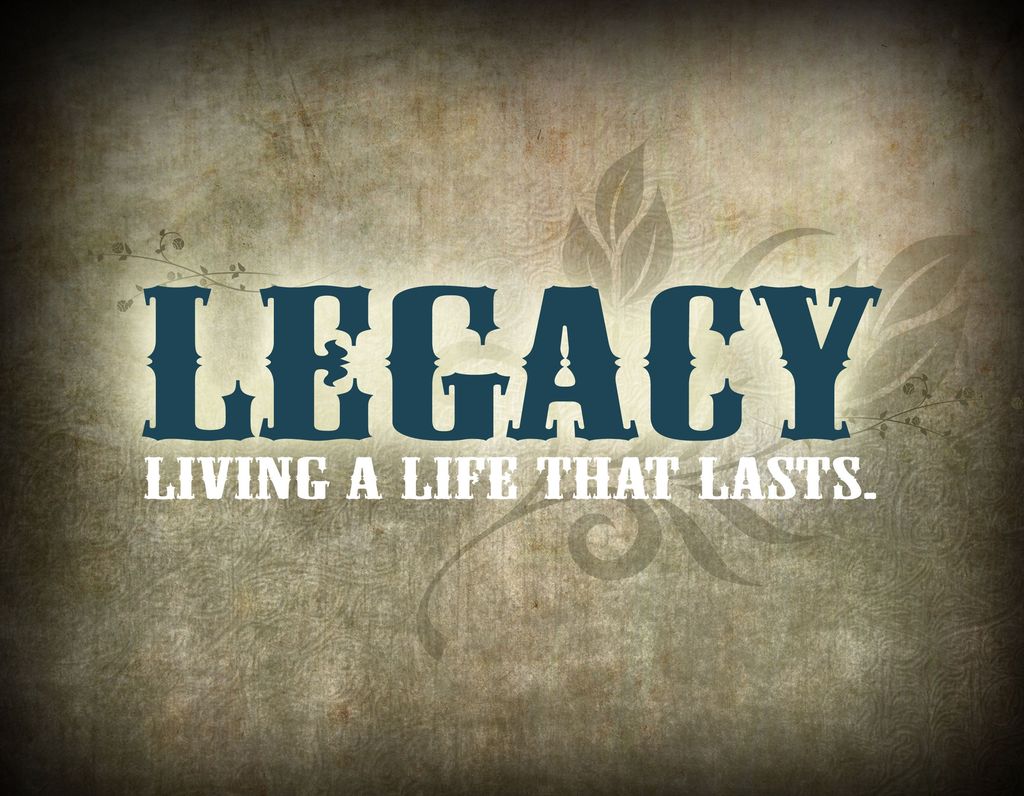
4. The Enduring Legacy of the Chip Shortage
The impact of the COVID-19 pandemic’s semiconductor chip shortage, which severely crippled new car production several years ago, continues to ripple through the used car market today. While the immediate crisis of the chip shortage has largely abated, its aftereffects are profoundly shaping the current availability and pricing of pre-owned vehicles, particularly those that are lightly used.
During 2022 and 2023, the automotive industry experienced historic lows in new car production due to factories halting operations and the crucial shortage of these electronic components. This meant that fewer new cars were manufactured and sold during that period. Consequently, there are now significantly fewer two- to three-year-old vehicles returning to the market as lease returns or trade-ins, creating a direct supply deficit.
Ivan Drury, an author of an Edmunds report, explained to the Free Press that the market conditions of 2022 and 2023 led to a natural shrinkage of lightly used cars in today’s economy. He noted, “Not only has it just outright reduced volume, but leasing penetration rates took a dump… So, naturally, we are going to see a deficit in this vehicle type from the very get-go.” This decline in leasing during the chip shortage period directly translates to a smaller inventory of desirable used cars now.
The absence of this expected volume of lightly used cars means that the available supply is simply insufficient to meet current demand. This scarcity pushes up prices for the limited number of newer used vehicles that are available, as buyers compete fiercely for these sought-after models. The enduring legacy of the chip shortage is therefore a fundamental economic reason for the current high prices in the used car market.
Read more about: The Unraveling Value: 12 Restaurant Chains Where Diners Say the Price Just Isn’t Right Anymore
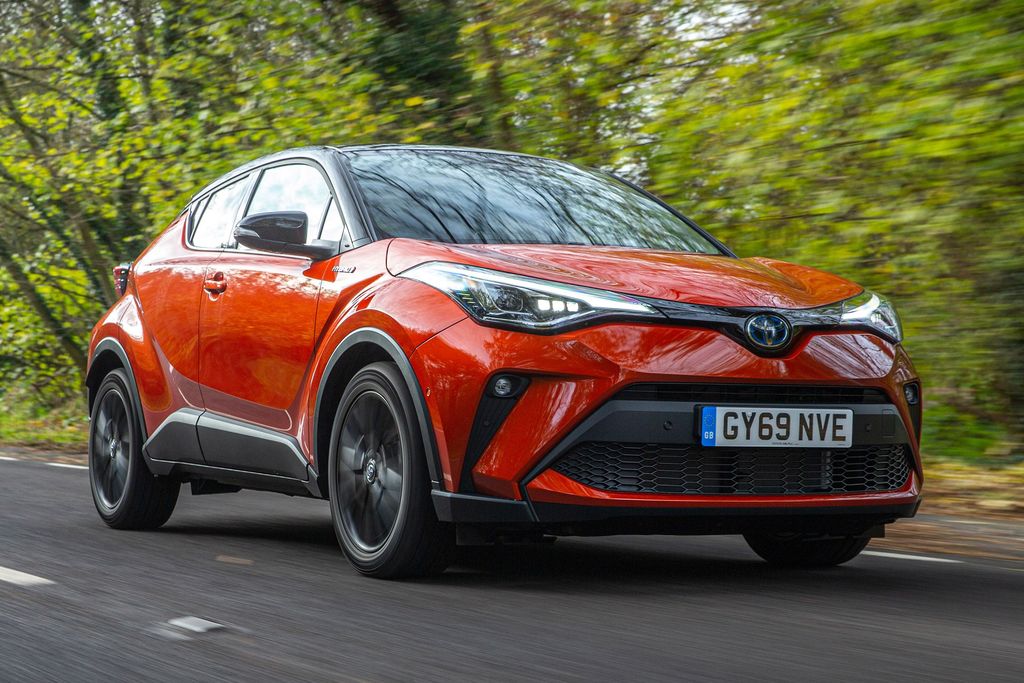
5. The Intensification of Buyer Demand
The confluence of soaring new car prices and constrained used car supply has led to a significant intensification of buyer demand in the pre-owned market. As new vehicles, with an average price tag of $48,000, become increasingly inaccessible, a growing number of consumers are pivoting their search towards used cars, which still offer a lower average entry point of around $25,000.
This shift in consumer preference is not merely anecdotal; it is reflected in market data. April’s retail used car sales were up 13% year-over-year, despite a slight 1.7% dip from March. This sustained high volume of sales, even with elevated prices, demonstrates the strong underlying demand for used vehicles. Buyers are actively seeking alternatives to the new car market, fueling competition for available inventory.
Furthermore, broader economic anxieties are contributing to this urgency. The Conference Board’s Consumer Confidence Index fell 8.4% in April, reaching its lowest level since 2009, as concerns about inflation and rising costs grow. With inflation expectations rising to 6.7%, buyers are rushing to secure deals before prices climb further, creating a self-reinforcing cycle of demand and price appreciation.
This heightened demand means that dealers are competing fiercely at wholesale auctions to stock their lots, and consumers are encountering a market where patience is often a luxury they cannot afford. The perceived need to act quickly, coupled with the genuine affordability gap between new and used vehicles, continues to drive intense buyer interest, directly contributing to the upward pressure on used car prices.
Read more about: Israel’s Escalating Gaza Offensive Amid Fragile Ceasefire Diplomacy: A Deep Dive into Humanitarian Crisis and Stalled Negotiations
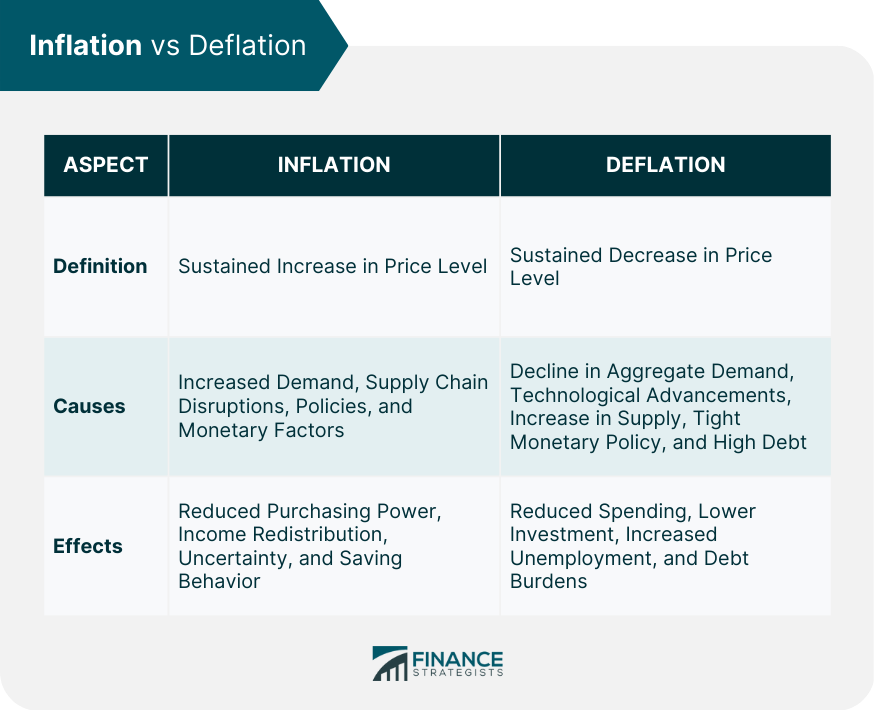
6. The Broad Impact of Inflation and Elevated Interest Rates
Beyond the specific dynamics of automotive supply and demand, the wider macroeconomic environment of persistent inflation and elevated interest rates plays a substantial role in the current high cost of used cars. These factors collectively increase the overall burden on consumers, making vehicle purchases, whether new or used, more expensive.
Families are already grappling with the pressures of inflation across various goods and services, and the automotive sector is no exception. This general increase in the cost of living means that the perceived value and affordability of a used car are altered. Even if a used car’s nominal price remains constant, its real cost to a consumer whose purchasing power is eroded by inflation effectively increases.
Moreover, high interest rates significantly impact the cost of financing a vehicle. For many buyers, the total cost of ownership is heavily influenced by the interest paid on an auto loan. With rates staying elevated, the monthly payments for both new and used cars are higher, adding a substantial financial burden. This can make a seemingly competitive purchase price less attractive once financing costs are factored in.
While industry experts anticipate potential lower interest rates by mid-2025, the current reality is that high rates make borrowing more expensive. This, combined with persistent inflation expectations, creates a challenging environment for car buyers and contributes to the overall high cost of vehicles in the market. The interplay of these macroeconomic forces is an undeniable economic reason for the sustained high prices in the used car segment.
Read more about: The Great American Downshift: Unpacking Why More Consumers Are Rediscovering the Value of Compact Cars

7. The Changing Profile of Trade-In Vehicles
A less apparent, yet equally impactful factor in the sustained high prices of the used car market, is the evolving profile of trade-in vehicles. Historically, recent model year trade-ins were a vital pipeline for dealerships to replenish their inventory with high-quality, lightly used options. This pipeline is now significantly constrained, directly impacting the availability of desirable pre-owned cars.
Edmunds reports that the average age of trade-in vehicles reached 7.6 years in the first quarter of 2025, marking the oldest average since 2019. This trend signifies that consumers are holding onto their vehicles for longer. It is a direct aftereffect of the pandemic-era semiconductor chip shortage and subsequent production cuts, which limited new car availability, prompting owners to delay upgrades.
The consequence of this aging trade-in fleet is a reduced influx of “near-new” vehicles into the used market. Dealers find fewer cars that are just a few years old with low mileage, which are typically highly sought after. This scarcity intensifies competition for the limited number of such vehicles, inevitably driving up their value at auction and on the retail lot.
This structural change effectively shrinks the pool of premium used cars. While demand for pre-owned vehicles remains robust, the supply of the most attractive segments is diminished, creating an imbalance that keeps prices stubbornly elevated and recalibrates buyer expectations.
Read more about: Beyond the Showroom Shine: Uncovering the Deep Discounts on Trucks (and More) Lingering on Dealer Lots
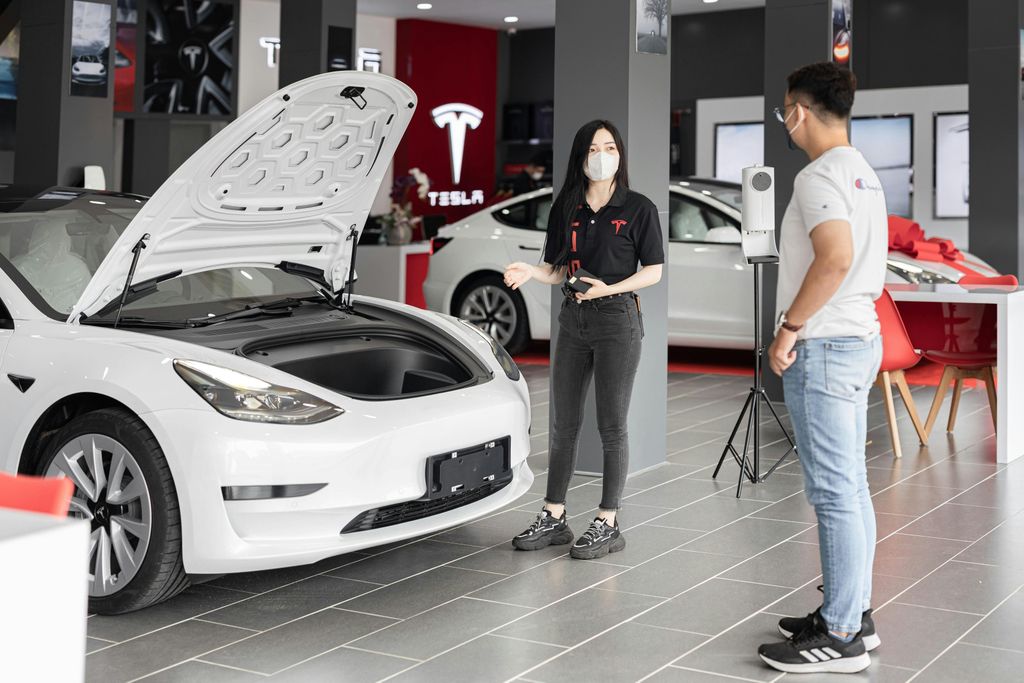
8. Dealer Strategies: Embracing Higher-Mileage Inventory
In response to unprecedented supply constraints and the altered profile of trade-in vehicles, dealers are strategically adjusting their inventory acquisition. Faced with fewer lightly used cars, many are increasingly stocking higher-mileage vehicles to meet persistent consumer demand, fundamentally reshaping the used car landscape. This adaptation reflects a pragmatic approach to a market where traditional inventory sources are no longer sufficient.
Cars with over 90,000 miles are now common on dealer lots, a notable shift from pre-pandemic norms. This embrace of older vehicles is supported by advancements in modern automotive engineering, which have significantly extended vehicle lifespans. Today’s cars are built to last, often performing reliably for up to 250,000 miles, allowing buyers to focus more on value and condition.
However, this shift does not necessarily translate to lower prices for consumers. Even these older, higher-mileage cars command elevated prices due to the sheer scarcity of alternatives. The average used vehicle spent 38 days on a dealer’s lot before selling in the first three months of this year, the longest time since early 2021. This slower pace suggests dealers are holding firm on pricing, aware that overall supply remains tight.
Ultimately, this strategy illustrates how dealers navigate a tough environment, ensuring they have vehicles to sell. For buyers, it means the definition of an “affordable” used car has expanded to include vehicles that would have been significantly cheaper just a few years ago, further solidifying the current high-price reality.

9. The Shrinking Divide Between New and Used Car Pricing
One of the most striking economic indicators of current market distortion is the significantly narrowing price gap between new and used vehicles. What was once a clear financial advantage for buying pre-owned is now a considerably smaller margin, influencing consumer choices and contributing to the overall upward pressure on used car values. This convergence underscores profound shifts across the entire automotive sector.
According to an Edmunds report, the average transaction price for used cars three years old or less surpassed $30,000 in Q1 2025 for the first time since 2023. Critically, these lightly used vehicles closed in on the average sales price of brand-new cars, making it just $17,000 less expensive to buy used. This represents the narrowest difference between new and used car prices recorded since 2022.
This diminished price differential challenges the traditional economic rationale for opting for a used car. When cost savings are less substantial, consumers may re-evaluate the value proposition. This could lead some to stretch budgets for a new vehicle, despite the higher average price of $48,000, if financing is favorable. It reinforces the perception that used cars are no longer an automatic bargain.
The narrowing gap is a direct consequence of factors like tariffs pushing new car prices higher and severe supply constraints elevating used car values. This creates a challenging market for buyers, as the financial benefits of choosing a used vehicle are eroded, compelling a more careful calculation of long-term costs and benefits for every purchase.
Read more about: The Unraveling Value: 12 Restaurant Chains Where Diners Say the Price Just Isn’t Right Anymore
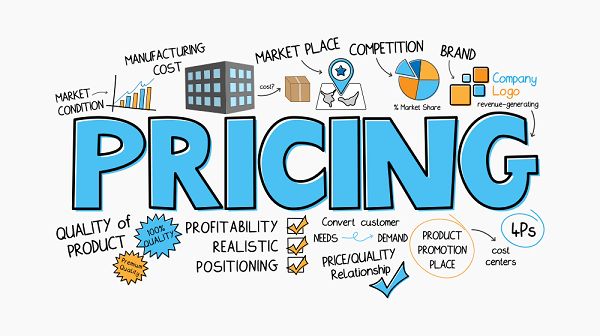
10. Discrepancies in Regional and Model Pricing
While the overarching trend is one of rising prices, the used car market is not a monolith; significant discrepancies emerge when examining regional variations and specific vehicle models. Understanding these localized and segment-specific anomalies can provide critical insights for buyers seeking to navigate this challenging environment and potentially uncover better value.
For instance, Cars.com reported that American-assembled vehicles had the highest average price point at $53,000 through Q1 2025, exceeding the overall average new car price ($49,000). Ivan Drury of Edmunds explained this is primarily due to vehicle types manufactured in the United States, which tend to be larger, more expensive models like trucks and SUVs.
Furthermore, used car prices can vary considerably between different cities or neighboring states. This regional disparity is often influenced by local inventory levels and specific demand dynamics. A region with a greater abundance of a particular model, or lower local demand for certain vehicle types, might present more competitive pricing compared to areas facing acute shortages.
For strategic buyers, this nuanced market behavior presents an opportunity. Expanding a search radius beyond immediate local dealerships can unveil more options and potentially more favorable pricing. Additionally, considering less popular models, specific trims, or colors can help avoid the steepest price increases, demonstrating that flexibility and comprehensive research remain paramount in securing a prudent purchase.
Read more about: Consumer Alert: 13 Essential Safeguards Against the Hidden Dangers of Buying a Car Sight Unseen Online
11. The Used Electric Vehicle Market: A Counter-Trend Opportunity
Amidst the pervasive upward trajectory of used car prices, one segment presents a notable counter-trend: the used electric vehicle (EV) market. While traditional gas-powered used cars continue to see steady price increases, pre-owned EV prices have, remarkably, experienced a year-over-year decline, offering a unique opportunity for certain buyers in an otherwise expensive market.
Data from iSeeCars.com reveals that used EV prices dropped by an average of $3,865 year-over-year. This decline stands in stark contrast to the general market, where most used car categories are seeing persistent price hikes. This shift has occurred even as EVs become more prevalent on dealer lots, making up 3.4% of Manheim’s auction sales in April, indicating increased supply.
The primary driver behind this specific market dynamic appears to be consumer priorities. iSeeCars.com notes that many used car buyers currently prioritize cost-efficiency above environmental goals. With lingering concerns about charging infrastructure, range anxiety, and the initial higher cost of new EVs, demand for used electric models has softened relative to their internal combustion engine counterparts.
For environmentally conscious drivers or those specifically seeking to transition to electric mobility, this market segment represents a potential silver lining. It offers an opportunity to acquire a used EV at a more accessible price point than just a year prior. However, for the majority of buyers focused on traditional value, the broader used car market remains challenging.

12. Expert Forecasts and the Uncertain Road Ahead
As consumers grapple with current market realities, a pervasive question remains: what does the future hold for used car prices? Industry experts offer forecasts largely converging on continued uncertainty, with no immediate return to pre-pandemic affordability expected, but a gradual normalization on the horizon.
Cox economists anticipate a “volatile summer,” where high prices and interest rates could potentially slow sales. However, this slowdown might trigger dealer incentives, which could then re-stimulate demand, illustrating the market’s unpredictable feedback loops. Despite this, the consensus from Cox and iSeeCars.com analysts is clear: a significant drop in used car prices is unlikely soon.
More broadly, experts, including those from Edmunds, predict a “gradual stabilization” through 2024 and 2025. While declines are expected, they are projected to be modest and steady, with significant drops, if any, estimated to arrive mid-to-late 2025. Ivan Drury of Edmunds cautions that the market is “repeating this cycle over and over,” suggesting past instability could influence future used car markets. A full return to balanced pricing may not materialize until mid-2026.
Factors such as new vehicle production recovery, anticipated lower interest rates by mid-2025, and an increasing volume of lease returns are expected to contribute to this stabilization. However, it is crucial to temper expectations: while modest easing is possible, industry experts widely agree prices are unlikely to revert to pre-2020 levels. Buyers should prepare for a landscape where higher costs are the new normal, making strategic planning, flexibility, and research critical.
***
Read more about: The Shifting Tides of Automotive Commerce: Unpacking Why More Shoppers Are Opting for Secondhand Vehicles in 2025
The used car market in 2025 is a complex interplay of macroeconomic forces, lingering supply chain disruptions, and evolving consumer behavior. From new auto tariffs and the legacy of the chip shortage to changing trade-in profiles and dealer adjustments, multiple factors keep prices stubbornly elevated. While a unique opportunity exists within the electric vehicle segment, and regional disparities offer hope, the overarching message from industry experts is clear: the era of readily available, deeply discounted used cars has, for the foreseeable foreseeable future, receded. Navigating this challenging landscape demands vigilance, adaptability, and a data-driven approach, ensuring buyers can make informed decisions to secure the best possible value in this expensive new reality.

